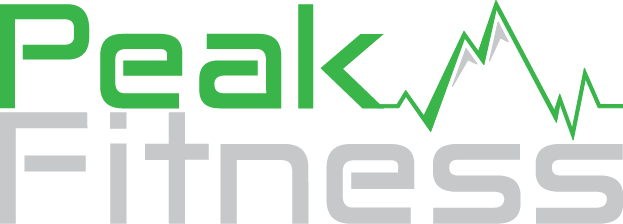Stop Believing These 5 Common Fitness Lies
Debunking Fitness Myths: Separating Fact from Fiction
In the ever-evolving world of fitness, myths and misconceptions are as common as dumbbells in a gym. From "no pain, no gain" to "you can spot-reduce fat," these fitness fables often mislead and discourage people from achieving their health goals. Misinformation can make your journey more frustrating and less effective, but understanding the truth can set you on the right path.
In this blog, we’ll uncover the reality behind some of the most persistent fitness myths, offering evidence-based insights and practical advice. Whether you’re just starting out or looking to refine your routine, this myth-busting guide will help you make informed decisions and stay focused on what really matters: your progress and well-being.
Myth #1: "No Pain, No Gain"
The Reality: While challenging yourself is important, pain is not a reliable indicator of a good workout. Discomfort during exercise can indicate effort, but pain often signals overtraining or injury.
Evidence-Based Insight:
The Reality: While challenging yourself is important, pain is not a reliable indicator of a good workout. Discomfort during exercise can indicate effort, but pain often signals overtraining or injury.
According to the American College of Sports Medicine (ACSM), effective workouts should challenge you without causing pain. Listen to your body and prioritize recovery.
Pro Tip: Aim for a balance between effort and rest to ensure sustainable progress. Learn more about balancing training intensity with recovery in our blog on Minimum Effective Volume and Maximum Recoverable Volume.
Myth #2: "You Can Spot-Reduce Fat"
The Reality: Fat loss occurs throughout the body and is influenced by overall caloric expenditure, not targeted exercises.
Evidence-Based Insight:
Research published in the Journal of Strength and Conditioning Research shows that spot reduction is ineffective. Instead, focus on full-body workouts and a balanced diet.
Pro Tip: Incorporate compound movements like squats and deadlifts to maximize calorie burn and build strength.
Myth #3: "Sweating More Means a Better Workout"
The Reality: Sweat is your body’s way of regulating temperature, not a measure of workout intensity or calorie burn.
Evidence-Based Insight:
Factors like room temperature and individual sweat rates vary, making sweat an unreliable indicator of workout quality.
Pro Tip: Focus on performance metrics like reps, sets, and progress over time, rather than how much you sweat.
Myth #4: "Carbs Are Bad for You"
**The Reality:** Carbohydrates are a vital energy source, especially for active individuals.
Evidence-Based Insight:
The Academy of Nutrition and Dietetics emphasizes that carbs fuel your workouts and aid in recovery. Restricting carbs unnecessarily can lead to fatigue and decreased performance.
**Pro Tip:** Opt for complex carbs like whole grains, fruits, and vegetables for sustained energy. For personalized guidance, explore our dietitian-led Premium Nutrition Program.
Myth #5: "Women Should Avoid Lifting Heavy Weights"
The Reality: Strength training benefits everyone, regardless of gender, and won’t lead to "bulking up" unless accompanied by specific training and nutrition.
Evidence-Based Insight:
Studies show that lifting heavy weights improves bone density, metabolism, and overall strength without significant muscle hypertrophy in women.
Pro Tip: Focus on progressive overload to build strength and confidence in the weight room.
Don’t let myths hold you back from achieving your fitness goals. At Peak Fitness Dieppe, we’re here to provide science-backed guidance and personalized programs to help you succeed.
Join our First Month Trial and get started on your fitness journey today!




